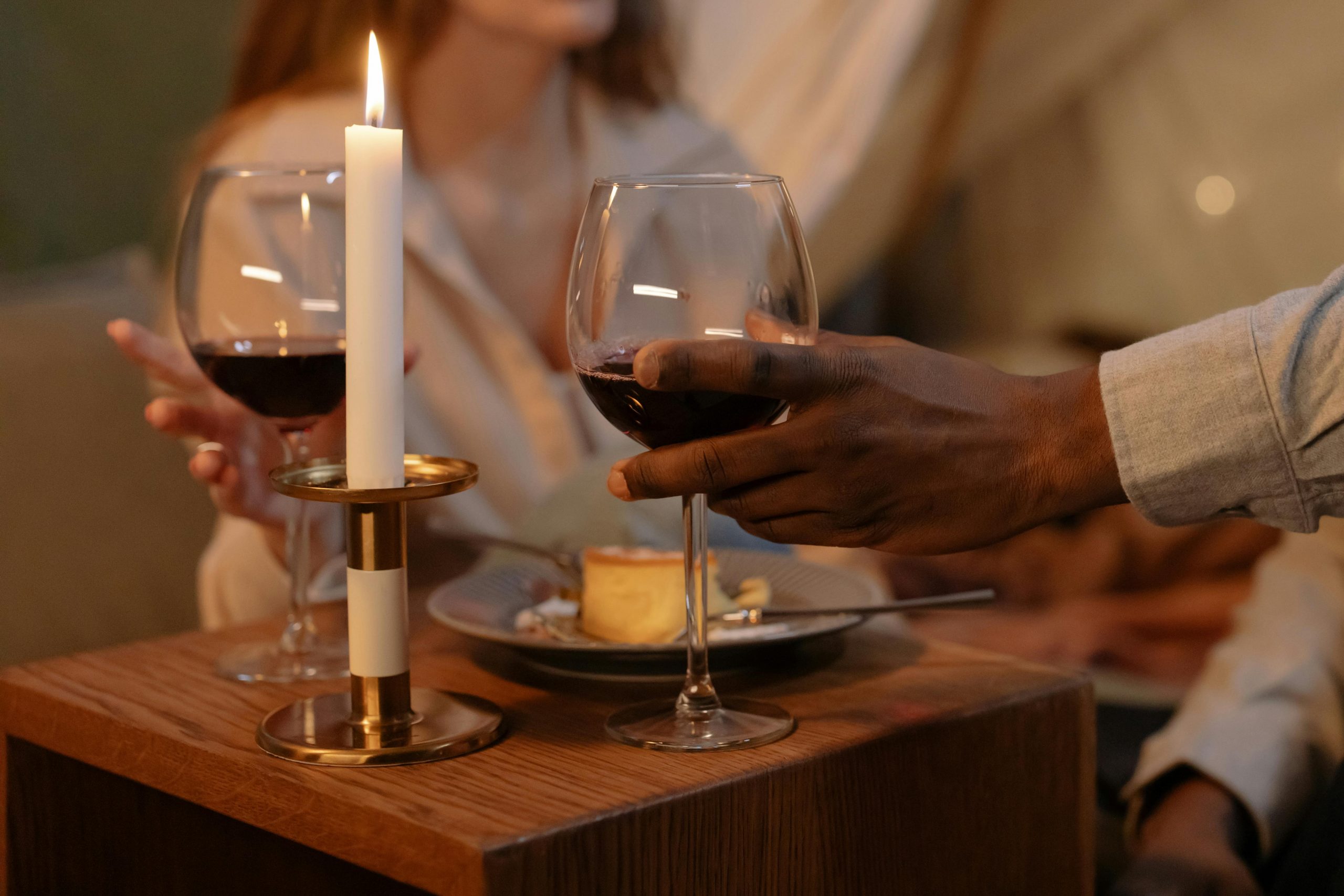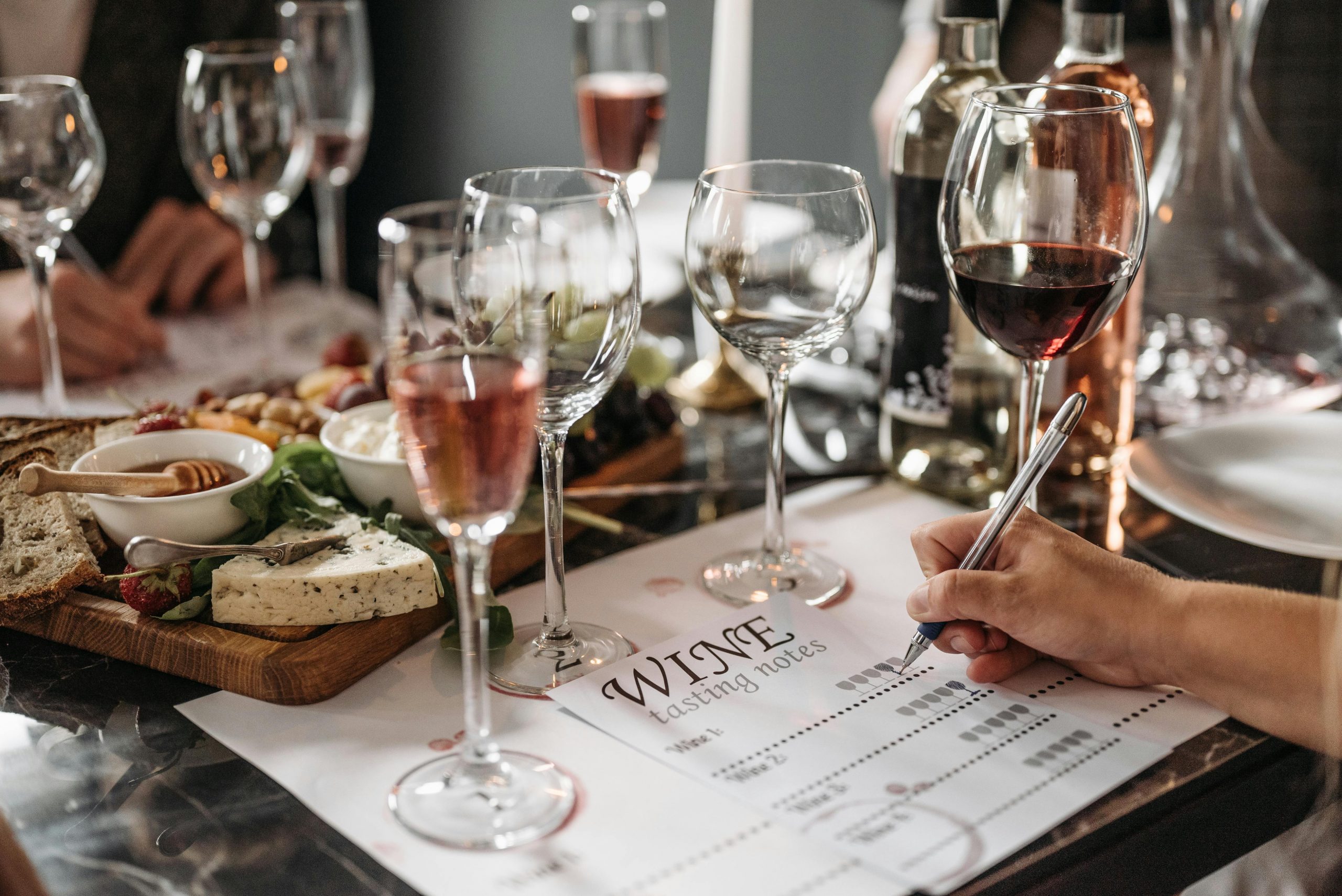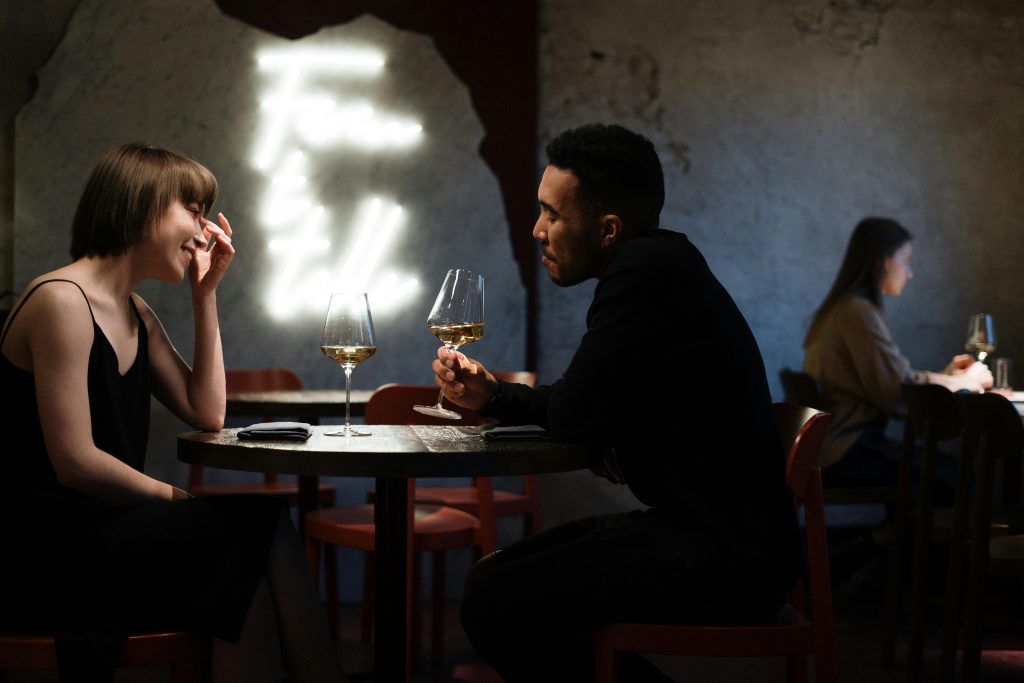Highlights
- Ambience and lighting set the emotional tone for a romantic dining experience.
- Privacy and seating arrangement significantly influence comfort and connection.
- Exceptional service and attention to detail elevate the overall mood.
- Food presentation, flavour balance, and shareable dishes enhance intimacy.
- Music, décor, and sensory harmony create a memorable environment.
- A restaurant’s story, setting, and personal touches help couples connect emotionally.
- Outdoor or scenic views add an extra layer of romance and timeless charm.

Dining out with someone special is about more than just good food—it’s about the atmosphere, the connection, and the feeling that every detail was designed to bring two people closer together. Romantic restaurants manage to engage all the senses in harmony, creating an environment where conversation flows naturally and the outside world seems to fade away.
This article explores the essential ingredients that make a restaurant truly romantic—from the mood-setting details like lighting and music to the unseen factors like service flow and emotional storytelling. Whether you’re planning a date night, anniversary dinner, or spontaneous evening out, understanding what makes a restaurant romantic can help you pick the perfect spot every time.
1. Ambience: The Soul of Romance
The ambience is the first thing people notice when they step into a restaurant. It sets the emotional tone for the entire evening and often determines whether the experience feels intimate or ordinary.
A truly romantic restaurant crafts an atmosphere that feels calm, warm, and inviting. This involves subtle lighting, comfortable seating, and décor that appeals to the senses without being overwhelming.
Key ambience elements to look for:
- Lighting: Soft, dimmed lighting with candles or warm bulbs creates intimacy. Harsh or fluorescent lights can break the romantic spell instantly.
- Seating Layout: Tables spaced comfortably apart allow for private conversations. Booths, nooks, and corner seating make couples feel tucked away.
- Décor: Earth tones, floral touches, or elegant minimalism often signal thoughtfulness in design.
- Scent: A pleasant aroma—subtle, not overpowering—enhances the atmosphere.
Lighting, especially, plays a transformative role. A restaurant that balances visibility and warmth creates a relaxed and inviting mood, perfect for lingering over dessert or conversation.
2. Privacy and Comfort: The Foundation of Connection
Romantic dining thrives on a sense of privacy. Couples need to feel as if they have their own little world within the restaurant.
While open spaces and communal seating are great for social settings, they can make a date feel impersonal. A truly romantic restaurant ensures that couples can focus on each other without distractions.
How restaurants enhance privacy:
- Table placement: Arranging tables away from high-traffic areas or kitchen doors.
- Acoustic design: Using materials that absorb sound, reducing noise levels.
- Seating comfort: Cushioned chairs or booth seating that encourages relaxation.
- Service approach: Staff who are attentive but unobtrusive, giving diners space to connect.
Some of the most memorable date spots are those that create this balance—enough intimacy to feel personal, but not so much isolation that it feels staged.
3. The Power of Lighting: Creating Mood Through Warmth
Lighting is one of the most powerful design tools in a restaurant’s arsenal. The right illumination can turn an ordinary meal into a cinematic experience.
Warm lighting tends to flatter skin tones, make food look more appetising, and create a sense of closeness. Too bright, and the space feels clinical; too dark, and guests may struggle to read menus or see each other’s expressions.
Tips for identifying good lighting:
- Look for a golden or amber glow rather than stark white lights.
- Candlelit tables instantly signal intimacy.
- Layered lighting—like wall sconces, overhead fixtures, and candles—adds depth.
- Natural lighting during sunset can be especially romantic for evening meals.
Restaurants that perfect this balance are often restaurants that are well-suited for date nights because the lighting invites comfort, conversation, and connection.
4. Service: The Unsung Hero of Romance
Service can make or break the mood, no matter how perfect the setting. In a romantic context, excellent service goes beyond taking orders—it’s about anticipating needs and adding thoughtful touches.
Qualities of exceptional romantic service:
- Timing: Servers who know when to check in and when to step back.
- Attentiveness: Small gestures like refilling water or wine without interrupting conversation.
- Knowledge: Confidence in recommending dishes or wine pairings suited to the mood.
- Personalization: Remembering dietary preferences or noting special occasions.
Polished service allows couples to focus on each other without disruptions. The best romantic restaurants create a rhythm—service that feels invisible, yet ever-present when needed.
5. Cuisine: Crafting Emotional Connection Through Food

The food itself plays a critical role in setting the tone of a romantic dinner. While the setting builds anticipation, the cuisine completes the experience.
A romantic menu typically combines visual appeal with balanced flavours and shareable portions. Dishes that are easy to share—like tapas, charcuterie, or dessert platters—naturally encourage intimacy and interaction.
What makes cuisine romantic:
- Presentation: Beautiful plating that feels like art.
- Texture: A variety of smooth, crisp, and creamy elements for sensory balance.
- Portion size: Moderate servings that allow guests to enjoy multiple courses without feeling rushed.
- Aromas: Scents that complement the atmosphere rather than overwhelm it.
Restaurants that serve locally sourced ingredients or offer chef’s tasting menus can make the meal feel more personal and special.
6. Music and Sound: The Emotional Undercurrent
Music is an invisible but powerful force that shapes the mood. A gentle soundtrack in the background can make conversation easier and add a romantic rhythm to the evening.
However, volume and genre matter. Loud or mismatched music can break the connection, while the right playlist subtly enhances it.
Sound design tips for romantic dining:
- Soft instrumentals: Jazz, classical, or acoustic melodies work well.
- Moderate volume: Enough to hear but not to dominate conversation.
- Consistency: Avoid erratic playlist changes or high-energy tracks.
- Acoustics: Fabric curtains, rugs, and wall panels help manage echo.
When sound is handled with care, it transforms dining into an emotional experience—one that lingers in memory long after the meal ends.
7. The Role of Décor and Design Harmony
A restaurant’s visual environment speaks volumes about its personality. Romantic design doesn’t rely solely on luxury—it’s about harmony, balance, and authenticity.
Design elements that create romance:
- Colour palette: Warm tones like burgundy, ivory, and gold evoke comfort.
- Textures: Soft fabrics, natural wood, and candlelight reflection add depth.
- Layout: Thoughtful flow that avoids crowding and maintains personal space.
- Accents: Artwork, floral arrangements, and table settings that tell a story.
Even small touches—like handwritten menus or a fresh rose on the table—signal that the restaurant values personal connection over formality.
8. Emotional Storytelling: Connecting Through Experience
Some restaurants stand out not because of their décor or cuisine, but because they tell a story. A restaurant that incorporates its history, community roots, or personal chef journey can evoke deep emotions.
Couples often connect better in spaces that feel meaningful and authentic. For example, an old converted home, a rooftop garden bistro, or a small family-owned eatery carries an energy that feels genuine.
Emotionally rich environments make people feel part of something special—a story shared between the restaurant and its guests.
9. The Magic of Setting and Scenery
Few things enhance romance like a beautiful setting. Scenic views—whether of city lights, waterfronts, or gardens—add visual poetry to dining.
Ideal romantic settings include:
- Outdoor terraces: Perfect for sunset dinners or candlelit evenings.
- Rooftops: Provide skyline views and fresh air.
- Garden spaces: Surrounded by nature and soft lighting.
- Waterfront restaurants: Offer the soothing sound of waves.
An event venue with natural light can also heighten romance by allowing daylight to transform the space organically as the evening progresses.
10. Personal Touches and Memorable Details
What truly sets a romantic restaurant apart is its ability to create lasting memories. Small details—like a personalised dessert, anniversary note, or live acoustic performance—make couples feel valued and seen.
Examples of memorable details:
- Complimentary champagne for special occasions.
- Customised dishes or desserts.
- Fresh flowers or soft candlelight at each table.
- Discreetly placed photos or decor elements celebrating love and togetherness.
Restaurants that understand emotional nuance create loyalty through experience, not just flavour.
Final Thoughts
Romantic restaurants are about more than décor and food—they’re about emotion, connection, and the shared experience between two people. The right atmosphere turns a simple meal into a moment that feels effortless and unforgettable. Every element—lighting, music, service, and setting—works together to create a space where couples can truly connect.
What makes a restaurant romantic isn’t luxury, but attention to detail. Soft lighting that flatters, music that invites quiet conversation, and service that feels intuitive all contribute to an experience that feels both intimate and relaxed. These touches allow couples to escape daily distractions and focus on one another.
A truly romantic restaurant makes you feel seen and valued, not rushed or crowded. You might forget what you ordered, but you’ll remember how the evening made you feel—calm, connected, and deeply in tune.
When you find a place that understands this delicate balance, you don’t just share a meal—you share a memory. The best romantic dining experiences linger long after the night ends, reminding you that love is often found not in grand gestures, but in the quiet magic of shared moments and meaningful conversation.

